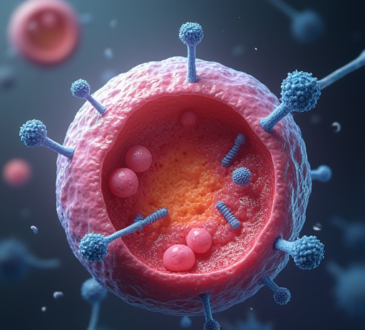Neutrinos, the enigmatic “ghost particles,” have long fascinated scientists with their elusive nature and crucial role in understanding the universe. A recent study, led by Associate Professors Akitaka Ariga and Tomoko Ariga, has achieved a major breakthrough in the field of particle physics, detecting high-energy neutrino interactions at the Large Hadron Collider (LHC) at CERN.
The Elusive Neutrino
Neutrinos are fundamental particles with extremely small masses and weak interactions with matter. Despite their abundance, their detection has proven to be a significant challenge due to their weak interactions. However, understanding their interactions with matter is essential for answering fundamental questions about the universe, such as why particles have mass and why there is more matter than antimatter.
The Study
The research team utilized the Forward Search Experiment (FASER) at the LHC to detect high-energy neutrino interactions. The FASERν emulsion detector, comprised of 730 layers of interleaved tungsten plates and emulsion films, was used to analyze a subset of the exposed detector volume. The researchers applied strict criteria to select events with electrons or muons with an energy above 200 GeV, resulting in the observation of four electron neutrino interaction candidate events and eight muon neutrino interaction candidate events.
Breakthrough Findings
The study marks the first direct observation of high-energy electron and muon neutrino interactions at a particle collider. The detected neutrinos had energies in the teraelectronvolts range, the highest ever detected from an artificial source. Additionally, the measured interaction cross-sections were consistent with Standard Model predictions. The study also marks the first measurement of neutrino interaction cross-sections in the unexplored energy range of 560–1740 GeV for electron neutrinos and 520–1760 GeV for muon neutrinos.
Revolutionizing Particle Physics
The significance of this study cannot be overstated. As Dr. Akitaka Ariga notes, “These results demonstrate the capability of studying flavor-tagged neutrino interactions at TeV energies with the FASERν emulsion-based detector at the LHC. This marks the first ever physics result on neutrinos from a particle collider, a breakthrough in particle physics that could revolutionize the strategy of large-scale experimental research in the field.”
Conclusion
The detection of high-energy neutrino interactions at the LHC is a groundbreaking achievement that opens up new avenues for research in particle physics. As scientists continue to explore the mysteries of the universe, this study serves as a testament to the power of collaboration and innovation in advancing our understanding of the cosmos.
References:
https://www.sciencedaily.com/releases/2024/08/240805134203.htm



